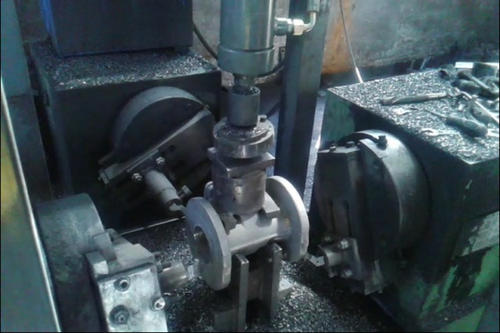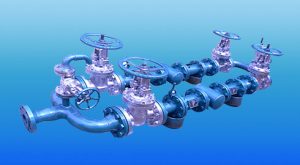How to Select Valves in the Water Supply Network?

The water supply network is composed of various pipe accessories and fittings such as pipes and valves, and the opening and closing of the valve shall be carried out daily according to various requirements. The service life and quality of the valve determine the normal operation of the pipe network.
Safety of water supply
Not affecting water quality is an important indicator of valve selection. The direct contact between the valve and water is mainly the inside of the valve body, sealing part, valve plate, etc.
At present, many manufacturers use rubber material for the sealing part of the valve. These rubbers are synthetic rubber, which needs to add more than a dozen raw materials and anti-aging agents to the natural rubber during the synthesis process.
Whether the final rubber can be used to seal water supply valves must be seen whether the rubber is non-toxic and meets the hygienic standards for drinking water. As for the inside of the valve and the valve plate and other parts, many manufacturers used to take the method of painting, and they only consider the rust prevention problem without considering whether toxic. In practice, we found that the anti-corrosion problem of pipeline lining in the water supply pipe network was solved; however, the value of the pipe network has no inner liner.
Due to the precipitation of water and the corrosion and deposition of iron bacteria in the water on the valve cavity and valve plate, some valve body inner walls have hilly accumulation, which not only affects the water quality of water supply but also is one of the main reasons why some valves are not closed strictly.
Therefore, we require that all the parts in direct contact with water should be sprayed with non-toxic paint, preferably with non-toxic epoxy powder by electrostatic spraying. When selecting valves, we should first check for non-toxic proof and inspection certificates of rubber and paint. Only those valves with the above conditions can ensure the water quality is not polluted and the security of the water supply can be guaranteed.
The advancement of technology
Valve technology has been evolving, for example, from old-fashioned gate valves to soft-seal ones; from the original butterfly valve to the sandwich butterfly valve, single eccentric, double eccentric flange butterfly valve, hard sealing butterfly valve; from the traditional single-head exhaust valve to high-speed double-port exhaust valve. When selecting a valve, you also need to consider whether the selected valve is advanced.
Water tightness
Whether the valve acts as a seal is a basic requirement for the valve. There are many types of seal in practical application, such as soft seal, hard seal, disc seal, body seal, surface seal, line seal, etc.No matter what kind of seal is used, the sealing effect cannot be affected. When selecting a valve, it is important to pay attention to the sealing form of the valve and check the sealing effect of the valve according to its practical application.
Operational flexibility
The flexible operation of the valve is not only reflected in which transmission mode to choose but also in the machining precision of components related to the transmission mechanism. The selection of transmission mode should be based on the situation of water supply enterprises and operators’ opinions, which allows the selected valve to operate flexibly and meet the needs of use and operation.





